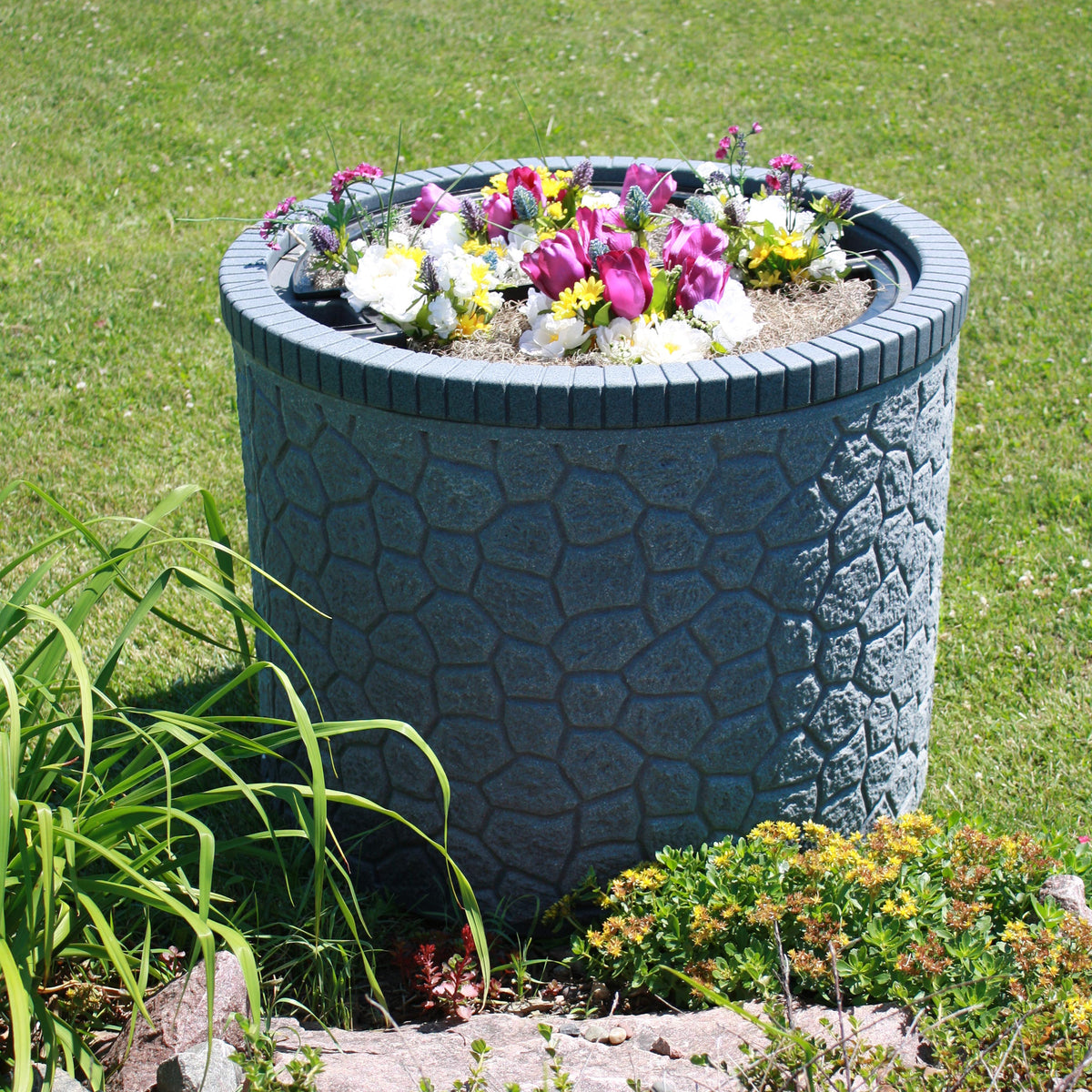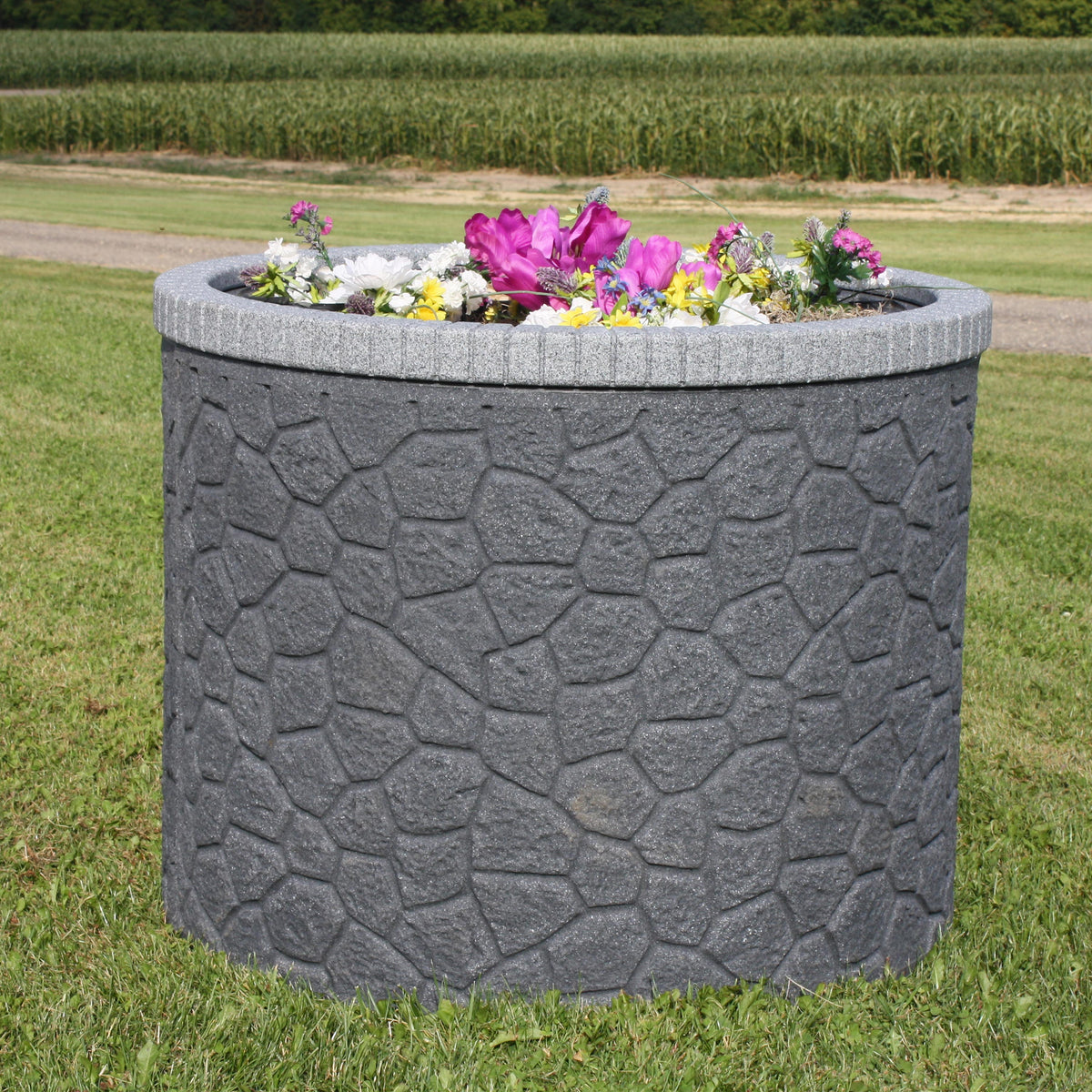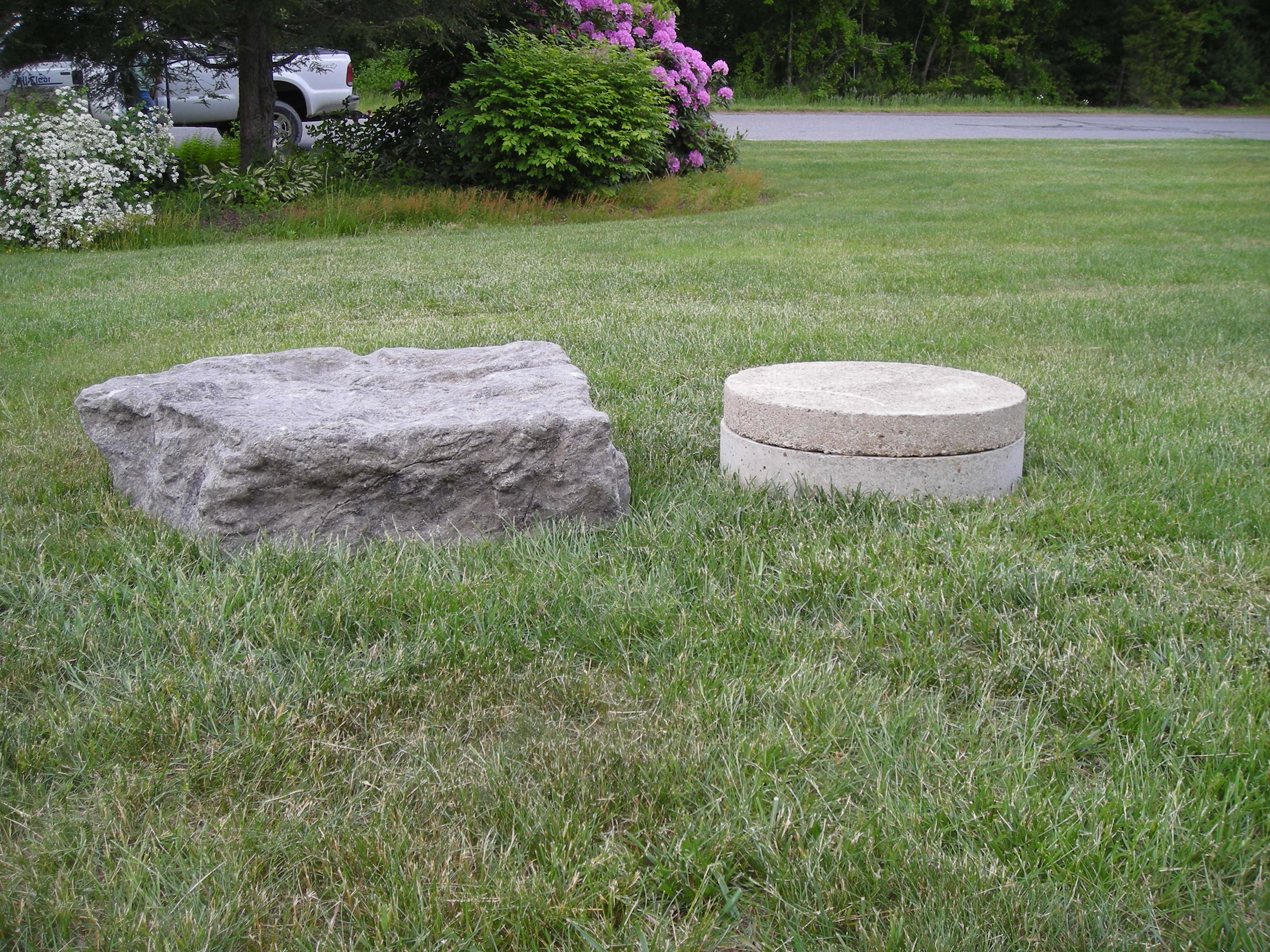When I first moved into my house, I was greeted with a sight that many new homeowners dread: an ugly, utilitarian septic tank cover in the middle of my front yard. However, I soon discovered that septic tank covers could be much more than just functional; they can also be decorative! In this guide, I’ll share what I learned about decorative septic tank covers, from different types and materials to installation tips and maintenance. Let’s dive in!
Understanding Decorative Septic Tank Covers
Septic tank covers are often viewed as an eyesore, but with decorative options available, they can enhance your property’s aesthetic. Decorative covers serve the dual purpose of covering the septic tank while adding an appealing element to your landscape design.
What Are Decorative Septic Tank Covers?
Decorative septic tank covers are designed to conceal the functional aspects of septic systems while providing a visually pleasing alternative to standard concrete or plastic covers. They come in various materials, designs, and colors, allowing homeowners to choose something that fits their landscape theme.

Benefits of Decorative Septic Tank Covers
- Aesthetic Appeal: Enhances the beauty of your yard or garden.
- Safety: Prevents accidental injury by securely covering the septic tank.
- Durability: Made from materials designed to withstand outdoor elements.
- Easy Access: Most decorative covers provide easy access for septic tank maintenance.

Types of Decorative Septic Tank Covers
Choosing the right decorative septic tank cover involves understanding the various types available in the market.

1. Concrete Covers
Concrete decorative covers are robust and can be designed with patterns or textures that mimic stones or tiles.
2. Wood Covers
Wooden covers offer a rustic charm but require regular maintenance to prevent rotting.

3. Resin Covers
Resin is lightweight and comes in a variety of designs, making it a popular choice for decorative covers.
4. Metal Covers
Metal covers are sleek and modern, often featuring intricate designs but may demand higher maintenance to prevent rust.

5. Composite Materials
Composite covers combine different materials for enhanced durability and aesthetic appeal, often mimicking natural materials.
Choosing the Right Material for Your Decorative Cover

Comparison Table of Materials
| Material | Durability | Maintenance | Aesthetic Variety | Cost |
|---|---|---|---|---|
| Concrete | High | Low | Moderate | $$ |
| Wood | Medium | High | High | $$ |
| Resin | Medium | Low | High | $$ |
| Metal | High | Medium | Medium | $$$ |
| Composite | High | Low | High | $$$ |
Personal Experience: Choosing the Right Cover

In my case, I opted for a resin decorative cover that mimics natural stone. Not only was it lightweight and easy to install, but the design also complemented my garden beautifully. The low maintenance was a big selling point, allowing me to spend more time enjoying my yard rather than working on it!
Installation of Decorative Septic Tank Covers
Preparing for Installation
Before installing a decorative septic tank cover, it is important to measure the septic tank and check local regulations about septic systems. You’ll need to ensure that the cover you choose complies with local building codes.
Step-by-Step Installation Guide
- Measure the dimensions of your septic tank opening.
- Choose the right cover based on the dimensions.
- Clear and level the area around the septic tank.
- Position the cover securely over the tank.
- Ensure it is safe and aesthetically pleasing.
Maintenance Tips for Decorative Septic Tank Covers
While decorative covers are designed to withstand weather conditions, they still require some maintenance.
Regular Checks
Inspect your cover at least twice a year for any cracks, fading, or deterioration. It’s essential to address issues promptly to maintain both functionality and appearance.
Cleaning
Use mild soap and water to clean your cover periodically. Avoid harsh chemicals that could damage the decorative finish.
Seasonal Preparations
During winter, clear away heavy snow accumulation to prevent excessive weight on your cover, especially for concrete ones. In summer, check for any signs of warping or fading.
Pros and Cons of Decorative Septic Tank Covers
Pros
- Adds charm to your landscape
- Protects the septic tank
- Variety of styles and materials
- Enhances property value
Cons
- Can be expensive compared to standard covers
- May require more maintenance (especially wood)
- Some types may not be as durable
Frequently Asked Questions
What is the average cost of decorative septic tank covers?
The average cost can range from $150 to $600, depending on materials and designs.
Are decorative septic tank covers safe?
Yes, as long as they are properly installed and maintained, decorative covers are safe.
How often should septic tank covers be checked?
It is advisable to check your septic tank covers at least twice a year to ensure they are in good condition.
Can I customize my septic tank cover?
Many manufacturers offer customization options for decorative septic tank covers, allowing you to choose colors, designs, and materials.
Conclusion
Decorative septic tank covers are a fantastic way to enhance your outdoor space while still serving a practical purpose. From a variety of materials to innovative designs, there are options for every homeowner. As someone who has transformed an eyesore into a beautiful landscape feature, I encourage you to explore the options available and find the perfect decorative cover for your home. Remember, your septic system doesn’t have to be hidden away; it can be an integral part of your yard’s charm!